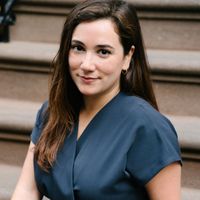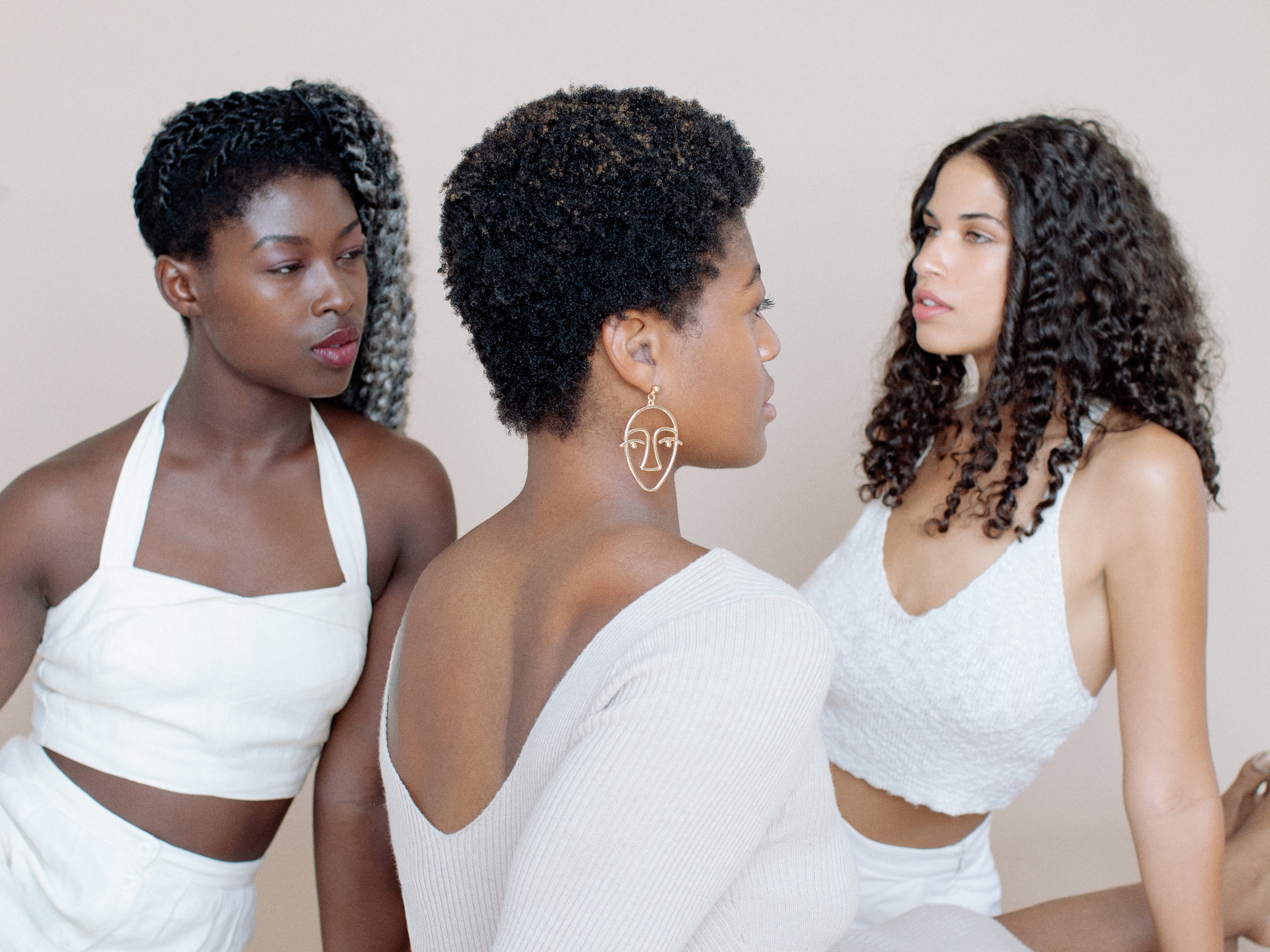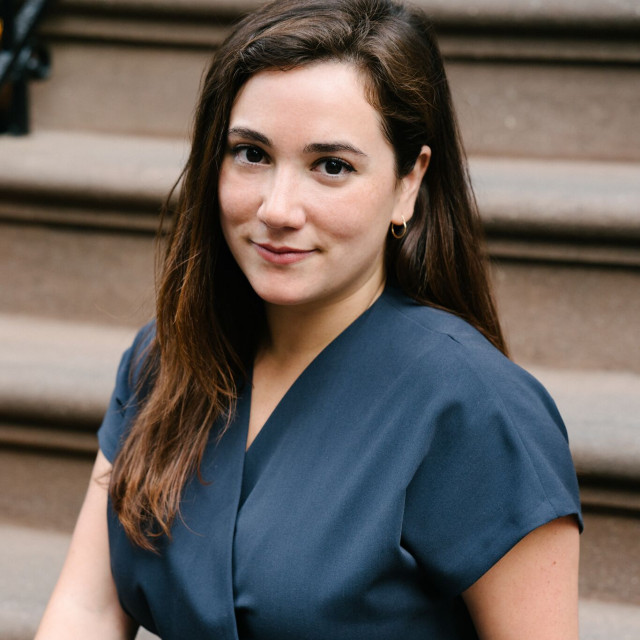How the Inclusion Rider Could Change the Fashion Industry

"Inclusion. Rider." These were the two words left with the audience when Frances McDormand accepted her award for Best Actress at the Oscars earlier this month. Not familiar with the term? You weren’t alone. "Inclusion rider” was one of Google’s top searches following McDormand’s speech, likely leading many to Stacy Smith’s Ted Talk from 2017. As the USC Annenberg professor and founder of the Annenberg Inclusion Initiative puts it in layman’s terms, an inclusion rider is a stipulation included within the contract of an A-list actor/director/producer that calls for the roles within a film be reflective of the world we live in as it pertains to diversity. And this call to action came at an especially pertinent time for fashion, as well.
Paris Fashion Week, and the three other major fashion weeks around the globe that followed it, were ending just as the Oscars aired. And coming off a season when New York Fashion Week had barely maintained its level of diverse represention, according to The Fashion Spot (which is only made more disappointing by the fact that New York historically is often the most diverse of any other major city), the lack of diversity raised the question: Can the inclusion rider translate to fashion?
“I personally have never been on a set that used inclusion riders,” says Zarna Surti, the founder of Tonal, a biannual magazine that features and celebrates women of color within its pages. “Although I do believe they are heavily needed in the fashion industry,” she adds.
Casting director Gilleon Smith, agrees. “I think the biggest pitfall of the industry at the moment is the fact that there literally aren’t any ‘fashion police’ regulating policies and procedures in terms of how ethically work is conducted.” Smith can count herself among those in the industry who are constantly at the forefront of creating inclusion, particularly in her work casting Chromat’s shows. This year alone, 72.7% of the cast included models of color, with representation of women over the age of 50, plus-size women, those who are differently abled, and transgender women, The Fashion Spot reports. But this is the exception, not the norm—or anywhere close to it. “If it was required or contracted for inclusion to be enforced, then it would happen,” Smith says.
In order to understand why the inclusion rider may be a solution for fashion’s slow-to-change problem, we spoke with Kalpana Kotagal, a partner of the Civil Rights Employment practice group at Cohen Milstein Sellers Toll and chair of the firm’s Hiring and Diversity Committee. And as far as inclusion riders go, she’s not only an expert—she wrote the one being used in Hollywood.

"The inclusion rider embodies several employment best practices and is a model that can be adapted for other entertainment industries—including fashion and music—where there are individuals with bargaining power who can use that power to help drive change in the industry,” says Kotagal, who explains these addendums are not just intended to be used by Hollywood's leading men and women.
"Different industries struggle with diversity and inclusion in different ways, and the approach to the rider should vary accordingly," she says of translating her work to fashion. "For instance, a designer or a model could use an inclusion rider in negotiations with a fashion house to press for greater consideration of diverse models in spring/fall runway shows, or for behind-the-scenes staff. The idea could also be used to diversify the faces appearing in print ads."
Like Kotagal, Surti says that advertising plays a huge role in the demands for a more diverse fashion landscape. "There's this completely ludicrous stigma that blonde white girls sell more beauty, clothes, jewelry, or accessories. But as the entertainment and fashion consumers have proved over and over again, when diversity and inclusivity go up, so do the numbers," the Tonal editor says, citing the recent examples of Black Panther, which has grossed over $1 billion in sales as of this week, and the massive success of diversity-driven beauty lines Fenty and Glossier.
"I always believe the best person for the job should get the position—but some of the best candidates including women, people of color, and LGBTQ candidates—can't even get through the door," Surti says."So if [an inclusion rider] is what we need to make that happen, then let's go!"

Of course, the adoption of an inclusion rider in fashion does not come without its challenges. Namely, it relies of those in power to bring it to the table. “The point is that those with leverage in an industry can use that leverage to improve the industry,” Kotagal explains.
Essentially, in order for the inclusion rider to make quick and long-term changes, it would need the support of the designers, models, brands, agents, etc., at the top to set a new gold standard that paves the way for a more inclusive future. “The fashion and design industries have begun to reckon with diversity—race and ethnicity, gender identity, and body shapes and sizes. There is a tremendous amount of work to be done, and adapting an inclusion rider to the industry can be part of the solution.”
While so many leaders in fashion already using their voices to create necessary change toward inclusion, we’re still left to wonder who will step up to the big stage and leave us with a meaningful call to action.

Who's your style icon?
Taylor Tomasi Hill
Who are your 5 favorite people to follow on Twitter/Instagram?
@tamumcpherson @lisasaysgah @therealgracecoddington @everyoutfitonsatc @notmynonni
What's the fashion essential you can’t live without?
A leather jacket.
What's your desert island album?
Beyoncé "B'Day." Or pretty much anything Beyoncé.